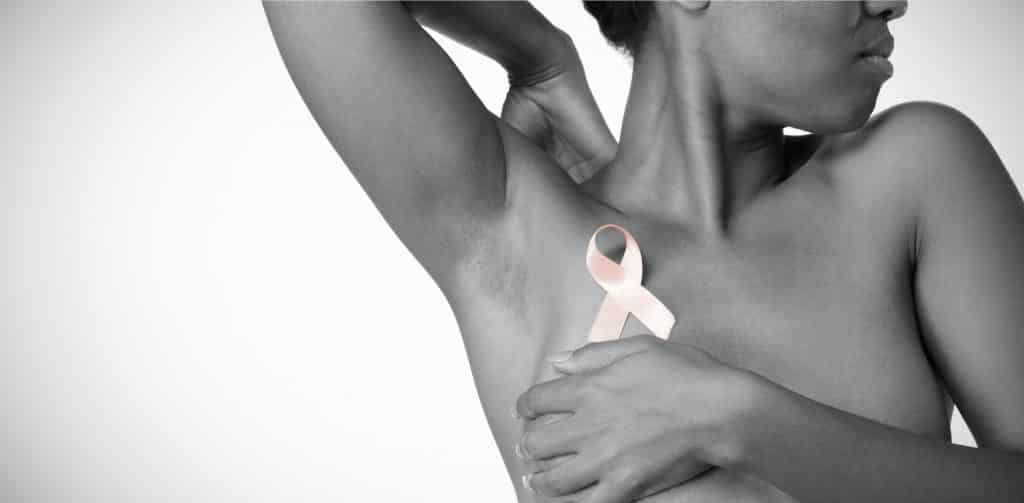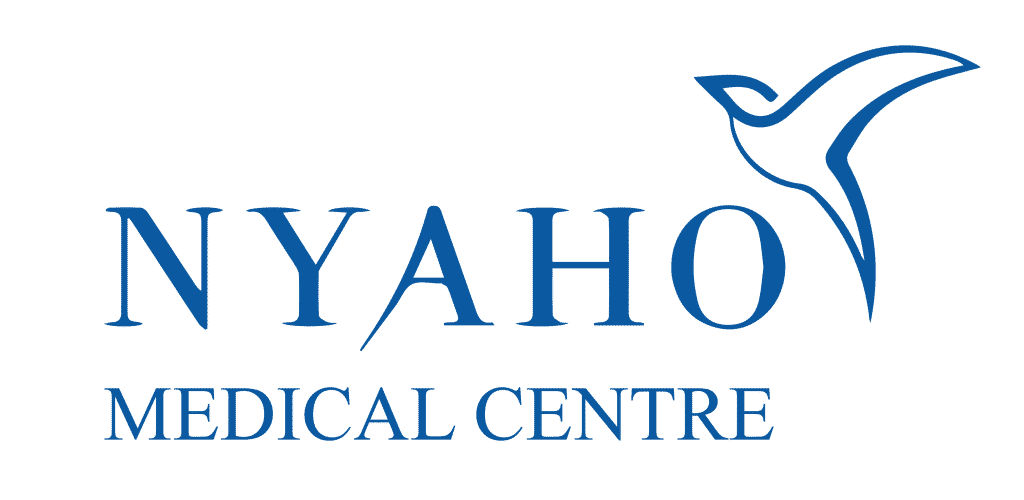Introduction:
Breast cancer is one of the most common cancers affecting women worldwide. In Ghana, Nyaho Medical Centre is dedicated to providing exceptional healthcare services, including breast cancer diagnosis and treatment. This article aims to offer a comprehensive understanding of breast cancer, its risk factors, signs and symptoms, diagnostic methods, treatment options, and preventive measures.
Understanding Breast Cancer
Breast cancer occurs when abnormal cells in the breast grow uncontrollably, forming a tumour. It can begin in different parts of the breast, such as the milk ducts, lobules, or other breast tissues. While breast cancer primarily affects women, it can also occur in men, although it is rare.
Risk Factors
Several factors contribute to the development of breast cancer, including:
- Age and Gender: The risk of developing breast cancer increases as women age, with most cases occurring after the age of 50.
- 2. Family History and Genetics: A family history of breast cancer, particularly among first-degree relatives (mother, sister, or daughter), raises the risk. Additionally, certain genetic mutations, such as BRCA1 and BRCA2, are associated with an elevated risk.
- Hormonal Factors: Prolonged exposure to estrogen, either through early onset menstruation, late menopause, or hormone replacement therapy, can increase the risk.
- Lifestyle Factors: Obesity, excessive alcohol consumption, lack of physical activity, and smoking are all linked to an increased risk of breast cancer.

Signs and Symptoms
It is crucial to be vigilant about any changes or abnormalities in your breasts. While these symptoms do not necessarily indicate breast cancer, they warrant a visit to your healthcare provider. Some common signs and symptoms include:
- A new lump or mass in the breast or underarm area.
- Swelling, redness, or changes in breast size or shape.
- Skin dimpling or puckering.
- Nipple retraction or discharge (other than breast milk).
- Persistent breast or nipple pain.
Diagnosis:
Detecting breast cancer at an early stage significantly improves treatment outcomes. Here are some commonly used diagnostic methods:
- Mammography: This X-ray imaging technique can detect breast abnormalities, including small tumours, even before they can be felt.
- Ultrasound: Sound waves are used to create images of the breast, providing more information about a suspicious area found on a mammogram.
- Biopsy: A tissue sample is taken from the breast and examined under a microscope to determine if it contains cancerous cells.
Treatment Options
The choice of treatment depends on various factors, such as the cancer stage, tumour size, hormone receptor status, and overall health. Treatment options may include:
- Surgery: This involves removing the tumour and, in some cases, the entire breast (mastectomy) or a portion of it (lumpectomy).
- Radiation Therapy: High-energy X-rays are used to destroy cancer cells and reduce the risk of recurrence after surgery.
- Chemotherapy: Anti-cancer drugs are administered orally or intravenously to kill cancer cells throughout the body.
- Hormonal Therapy: Certain breast cancers are hormone receptor-positive, meaning they grow in response to estrogen or progesterone. Hormonal therapy blocks these hormones or their receptors to slow down cancer growth.
- Targeted Therapy: These medications specifically target cancer cells by interfering with specific molecules involved in their growth.
Prevention and Early Detection
While breast cancer cannot be entirely prevented, certain measures can help reduce the risk and promote early detection:
- Regular Self-Examination: Familiarize yourself with your breasts and report any changes promptly.
- Clinical Breast Examination: Schedule regular check-ups with your healthcare provider to screen for breast abnormalities.
- Mammograms: Follow the recommended guidelines for mammogram screenings based on your age and risk factors.
- Healthy Lifestyle: Maintain a healthy weight, exercise regularly, limit alcohol consumption, avoid smoking, and eat a balanced diet.
Conclusion:
Breast cancer is a significant health concern, but survival rates have improved with awareness, early detection, and advanced medical treatment. By understanding the risk factors, signs and symptoms, diagnostic methods, treatment options, and preventive measures, patients can take an active role in their breast health. Remember, a proactive approach to breast health, regular check-ups, and open communication with healthcare specialists such as the ones we have here at Nyaho can make a significant difference in detecting and treating breast cancer effectively.
